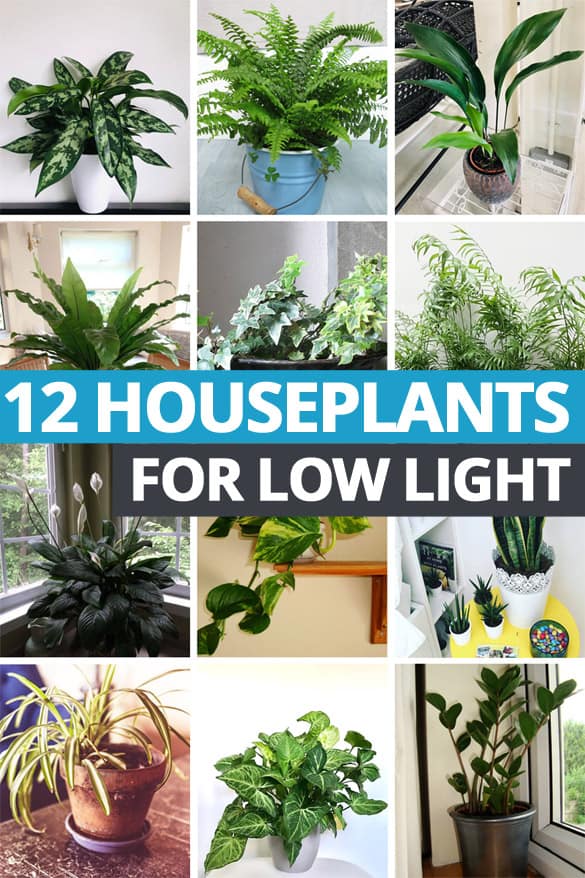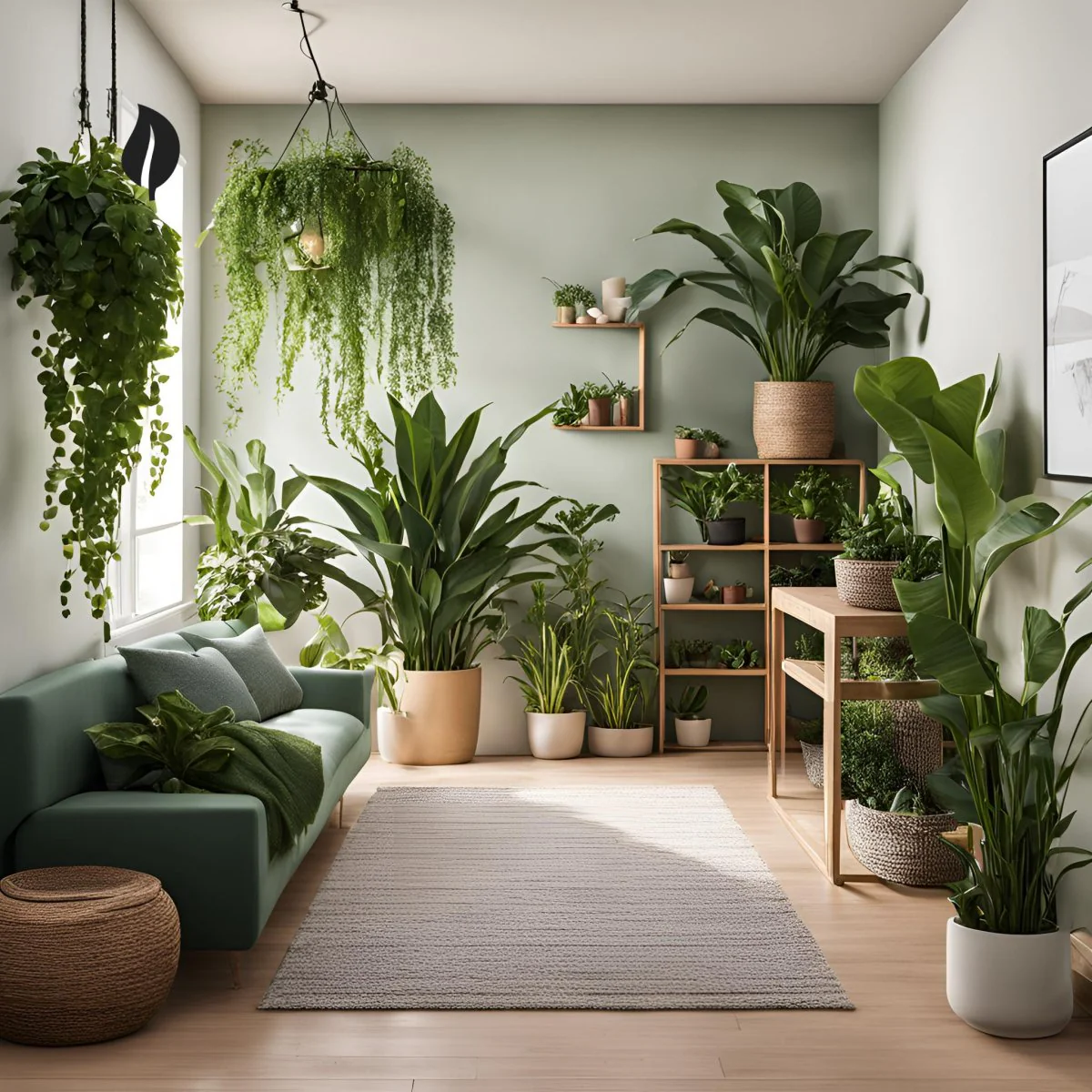The Best Low-Light Indoor Plants for Beginners and Busy Plant Owners
The Best Low-Light Indoor Plants for Beginners and Busy Plant Owners
Blog Article
Discover the very best Low-Light Indoor Plants for Enhancing Your Home Décor
Incorporating low-light indoor plants right into your home décor can substantially boost both visual appeals and atmosphere, especially in areas that lack abundant all-natural light. Ranges such as the Serpent Plant and ZZ Plant not only bring life to dim corners yet likewise add to improved air quality and total well-being. Understanding the one-of-a-kind features and care needs of these plants can cause a more unified living environment. As we discover the top selections and their innovative applications, one might wonder just how these selections can change your space right into a flourishing sanctuary.

Why Pick Low-Light Plants
Why choose low-light plants in your interior rooms? The modern-day living atmosphere typically presents obstacles such as restricted natural light, making it hard for standard houseplants to flourish. Low-light plants are especially adapted to survive and prosper in these conditions, supplying a sensible service for people seeking to boost their indoor rooms without the added tension of keeping a lot more light-demanding plants.
In enhancement to their durability, low-light plants contribute significantly to the aesthetic appeals of a space. Their diverse range of colors, dimensions, and forms permits one-of-a-kind interior style possibilities, creating welcoming and vivid atmospheres. Indoor plants are recognized for their air-purifying high qualities, boosting indoor air high quality by filtering system toxic substances and releasing oxygen, which can boost general well-being.
Low-light plants also call for very little maintenance, making them specifically interesting busy individuals or those new to gardening. Their flexibility permits for positioning in numerous settings, from office to poorly lit edges of the home. By choosing low-light plants, you can appreciate the advantages of plant without the constraints that typically go along with conventional horticulture, inevitably fostering a much healthier and extra aesthetically appealing interior setting.
Top Low-Light Indoor Plants
For those seeking to enhance their interior areas with plant that thrives in low-light conditions, numerous plant options stick out for their durability and aesthetic appeal. The Serpent Plant (Sansevieria trifasciata) is a preferred option, understood for its upright, sword-like fallen leaves and ability to endure overlook. This sturdy plant can survive in dimly lit areas while boosting interior air quality.
An additional superb alternative is the Pothos (Epipremnum aureum), defined by its heart-shaped fallen leaves and tracking creeping plants. When positioned on racks or hanging baskets., Pothos is not just versatile to reduced light however also uses a striking visual contrast.
The ZZ Plant (Zamioculcas zamiifolia) is equally outstanding, boasting shiny, dark eco-friendly leaves that can illuminate any type of edge. Its drought resistance makes it ideal for hectic homeowners.
Treatment Tips for Low-Light Plants
How can you make certain that your low-light indoor plants prosper despite restricted sunshine? Choose the ideal potting mix that offers excellent drainage while keeping dampness. A well-aerated soil, such as a mix of potting dirt and perlite, can assist prevent root rot.
Watering is essential; low-light plants normally require less regular watering contrasted to their sun-loving counterparts. Always examine the top inch of the dirt-- if it really feels completely dry, it's time to water. Be cautious of overwatering, as this can result in fungal issues and root decay.
Feeding low-light plants need to be done sparingly - Best low-light indoor plants. Use a balanced, water-soluble plant food throughout the expanding period, yet reduce or eliminate fertilizing in the inactive months
In addition, dirt can gather on fallen leaves, hindering photosynthesis. Delicately clean the fallen leaves browse around this site with a damp cloth to keep them tidy.
Lastly, observe your plants closely. Signs of distress, such as yellowing leaves or leggy development, can indicate that your plant requires changes in treatment (Best low-light indoor plants). By adhering to these treatment pointers, your low-light indoor plants can flourish, including elegance and vigor to your home
Innovative Ways to Show Plants
Elevating the aesthetic appeal of your indoor room can be attained by attentively displaying your low-light plants in imaginative means. Take into consideration making use of upright area to your advantage; wall-mounted racks can display tracking plants like pothos or philodendron, adding lushness while conserving flooring space. Utilize plant stands of differing heights to create aesthetic rate of interest and depth, attracting the eye up.
Hanging planters are another excellent choice, using a dramatic result when put on hold from the ceiling or hooks. Macramé hangers can present structure and bohemian flair, while modern-day ceramic hangers can match a minimalist visual. For a much more ingenious strategy, repurpose distinct containers such as vintage teacups or glass jars, which can add personality to your display screen.
Organizing plants in clusters is additionally efficient; usage varying pot dimensions and colors to develop a cohesive appearance. This method not just enhances visual influence however additionally supplies an all-natural habitat feeling - Best low-light indoor plants. Finally, consider positioning plants near source of lights like lights or home windows to enhance their development and showcase their lively vegetation, thus boosting the overall atmosphere of your interior environment.
Benefits of Indoor Plant
Countless studies have demonstrated that integrating indoor greenery into your space uses a plethora of advantages, boosting both mental and physical well-being. One of the most significant advantages of interior plants is their capacity to boost air top quality. Plants soak up co2 and launch oxygen, producing a healthier environment while likewise removing damaging toxins, thus promoting respiratory health.
Moreover, the visibility of plant has been linked to reduced stress and anxiety degrees. Research study suggests that interacting with plants can lower cortisol degrees, which are related to tension. This calming result can cause enhanced mood and increased performance, making indoor plants an ideal go to my site addition to work spaces.
Additionally, indoor greenery can enhance cognitive function. Researches recommend that environments improved with plants can cause enhanced emphasis, imagination, and overall psychological clarity. The visual appeal of interior plants also adds to a much more welcoming and enjoyable environment, positively affecting social interactions and total contentment within an area.
Verdict

Integrating low-light interior plants into your home decor can dramatically enhance both visual appeals and ambience, especially in rooms that lack plentiful all-natural light. Varieties such as the Serpent Plant and ZZ Plant not just bring life to dim edges yet also add to improved air top quality and overall wellness. Interior plants are known for their air-purifying top qualities, improving interior air top quality by filtering toxic substances and releasing oxygen, which can boost overall well-being.
For those seeking to improve their interior rooms with greenery that flourishes in low-light conditions, numerous plant alternatives stand out for their resilience and aesthetic charm. These durable plants, such as the Serpent Plant and ZZ Plant, grow in dim conditions and require very little maintenance, making them appropriate for numerous lifestyles.
Report this page